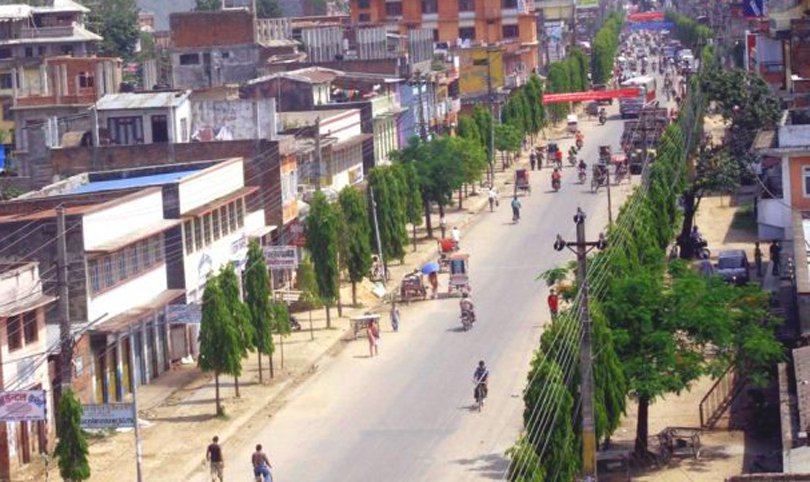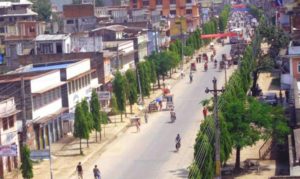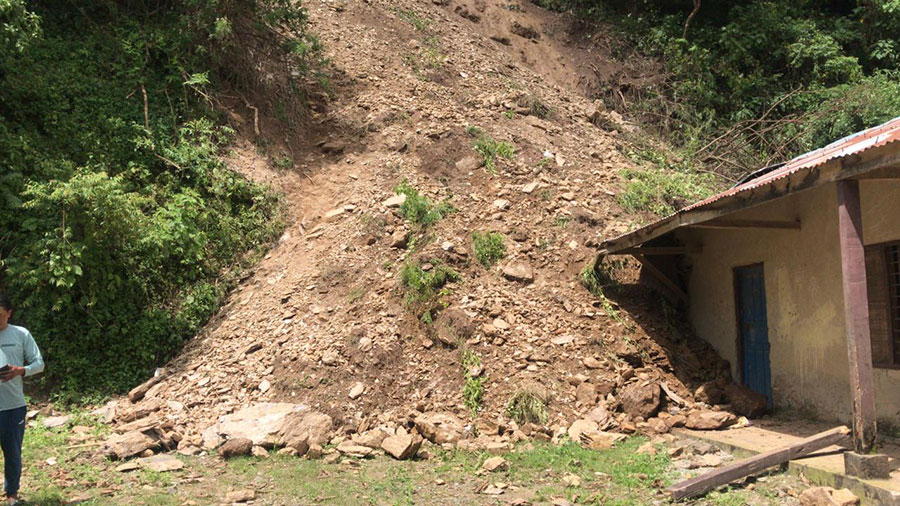
Despite being small in area, there are over 890 species of birds found in Nepal, the ibisbill being one of them. The Ibisbill or Tilahari Chara is a big wader bird that is found in the Himalayan and Central Asian shingle bed rivers.
Now, you might ask why is it called ibisbill or tilahari? Now there’s a peculiar reason for that one. The bill of the bird resembles a bird of an entirely different species belonging to a different order known as ibis. While the bird is called tilahari in Nepali because it has a necklace-like feature around its throat closely resembling the Nepali ornament tilahari itself. Also, it is a single species of its family which makes it a pretty unique bird.
In Nepal, the bird is found in higher elevations during the breeding season. However, it sets its journey towards the south during the winter season.
The prospect of tourism

A flock of ibisbill arrive at Hetauda in late November and stays until early April. These birds prefer river banks with shingle beds. Shingle beds stand for banks that constitute small stones or pebbles. Hence, the bank of Rapti river can be said as its ideal spot.
One may ask but what value does the bird possess for us to conserve it? Well, to begin with, birds are an integral part of an ecosystem and as human beings, we must conserve it. Another thing is that the bird is a secret jewel of Hetauda.
Despite having multiple records in other places like Trishuli river, Koshi and Chitwan, Hetauda stands as a first priority for birders and tourists to observe the bird due to its convenience and consistency of arrival of the bird.
Almost every winter, birders and wildlife enthusiasts from all over the nation visit this emerging town to observe this bird. This indicates a whole new prospect of seasonal tourism around the area.
The challenges

Ibsibill are waders. But what are the waders? These are the birds that are found in shorelines and banks of water resources, collectively known as riparian zones.
The riparian zone stands for the buffer zone between the upland and water. The dependency of waders on this buffer area is what makes them vulnerable. These riparian zones are one of the most vulnerable habitats in Nepal, in urban and sub-urban areas.
With increased urbanisation, construction works have increased rapidly around these riparian zones leading to the concretisation of banks of rivers, natural lakes and ponds. Rapid urbanisation and construction work have also increased the demand for sand, gravels, stones and boulders resulting in unsustainable mining of sand.
Sand mining includes the extraction of sand, pebbles, stones and boulders which can be seen quite relevant along the bank of Rapti river including the habitat of Ibisbill and other waders. From current observation and a paper published by Bhusal and his team (Behavioural Monitoring and Threats Assessment of Ibisbill in the Wintering Site, East Rapti River, Hetauda, Nepal), sand mining stands as one of the major threats to the habitat of the Ibisbill in Hetauda.
Ibisbills are very sensitive to disturbances and make alert calls and fly afar as soon as they are approached by something beyond their comfort distance. It is quite a bizarre incident that these birds have not stopped or changed their wintering grounds, given the degree of disturbances on the shorelines of Rapti for these few years. The route along which the tractor runs to deposit and load the sands, pebbles, stones and boulders, are the exact regions where these birds are found.
The threat is real and concerning. Hetauda stands as the capital city of Bagmati Province. There is an entire province-level ministry of forest and environment in the city which is accountable for the environment of the province.
Negligence of responsibilities in the capital city sets a bad example in the entire province. So, the ministry must address this issue immediately. Also, the residents of the Hetauda Sub-metro and the adjoining Bhimphedi Village Municipality must understand the value of this beautiful creature and their role in its conservation.
























